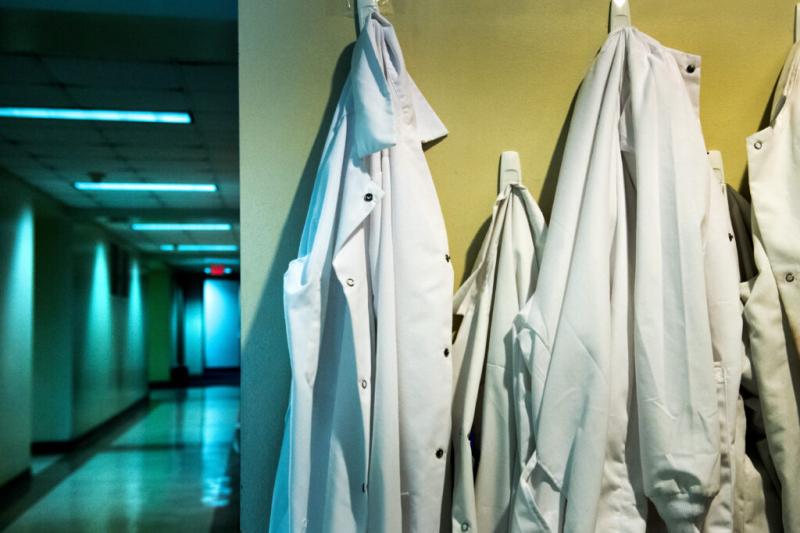The Case for CRISPR

This blog post was written by Spencer Olesky (Lepage Strategic Adviser, Summer '20). Following a discussion about the future of the biotechnology industry, Spencer wrote this blog post, in which he explored commercial applications of the CRISPR technology.
Background
In recent years, Crispr (Clustered Regularly Interspaced Short Palindromic Repeats) has been getting a lot of attention in the news and media with regards to its potential applications in genetic editing. While Crispr was originally discovered in prokaryotes, single cell organisms, its true potential as a tool for genetic modification was not realized until its application in eukaryotes, or multi cell organisms. Without getting too involved in the technical scientific details, Crispr’s basically acts as a cut, copy, and paste button for genes within our DNA, allowing undesirable genes to be deleted and other, desirable, genes to be inserted. Essentially, Crispr is able to “silence” the undesirable gene, and in return, replace the silenced gene with a desirable one. For example, Crispr could silence a gene that causes Huntington’s disease and insert a “good” one to replace it.
Potential Applications
While the capabilities of Crispr technology are yet to be fully understood, Crispr has already proven itself useful in several significant applications. In agriculture, Crispr has been used not only to make crops more durable in terms of withstanding heat and harsh weather, but also to make crops more nutritious. The use of Crispr in agriculture has significant implications in terms of providing more sustainable food sources to regions with unideal conditions for crop growth. As significant and powerful as Crispr’s application within the realm of agriculture can be, its ability to alter DNA within humans is what has truly brought the molecule into the spotlight. Scientists are currently using Crispr to edit the human genome to knock out genes that cause harmful genetic diseases such as Huntington’s disease and cystic fibrosis. With the use of Crispr, the prospect of eliminating genetic diseases entirely is not far from reach. Still, there are years of research and clinical trials ahead before Crispr makes the significant leap from the laboratory to the everyday use in clinical settings.
Designer Babies and Ethical Concerns
In 2018, a Chinese scientist by the name of He Jiankui announced the birth of three genome-edited babies, the first babies ever to have their DNA modified with Crispr. Jiankui was involved in a project to help people with fertility problems, specifically HIV positive fathers and HIV negative mothers, and used Crispr to prevent the conference of HIV in the embryos. The reaction to Jiankui’s announcement was immediate widespread criticism. Jiankui was later sentenced to several years in prison, however, his research stands as a testament to the unharnessed power Crispr has too redirect the future of our species. Society has yet to grapple with the deep ethical concerns Crispr raises, but as Crispr technology becomes more and more advanced, there needs to be a conversation regarding realistic limits to Crispr. Ultimately, Crispr’s impact on our society has only just begun and its potential to dramatically change the future is indisputable.
Interested in advancing your education and/or career? Learn more about Freeman’s wide range of graduate and undergraduate programs. Find the right program for you.
Other Related Articles
- New Orleans startups bet on AI as Tulane expands its survey statewide in 2026
- Freeman Futurist Series looks at AI, Robotics and Quantum
- Quartz: Companies that replace workers with AI ‘risk mediocrity,’ expert warns
- BBC News: ChatGPT will soon allow erotica for verified adults, says OpenAI boss
- Embracing Business Futurism: A Conversation with Cliff Farrah
- Alum launches fund to invest in Tulane-affiliated startups
- Tulane launches technology ethics course bridging science, business and the humanities
- Techstrong.ai: Musk Sues OpenAI, Apple For ‘Anticompetitive Scheme’
